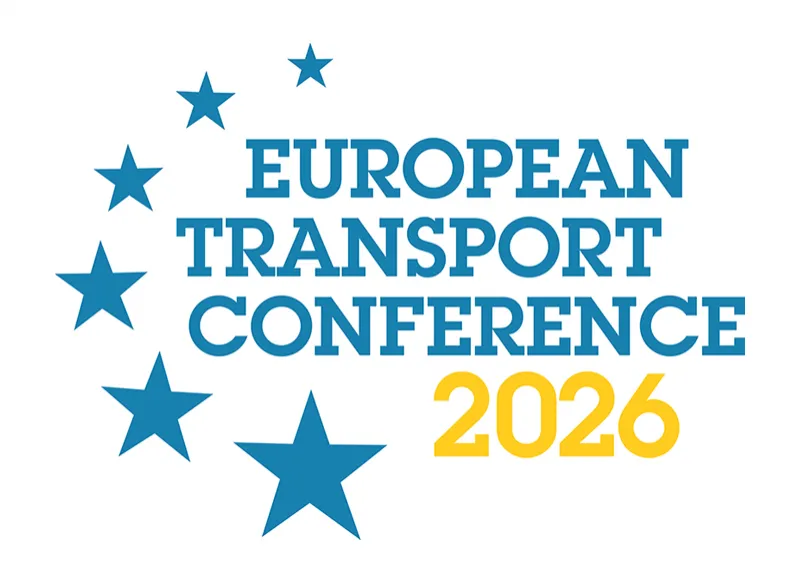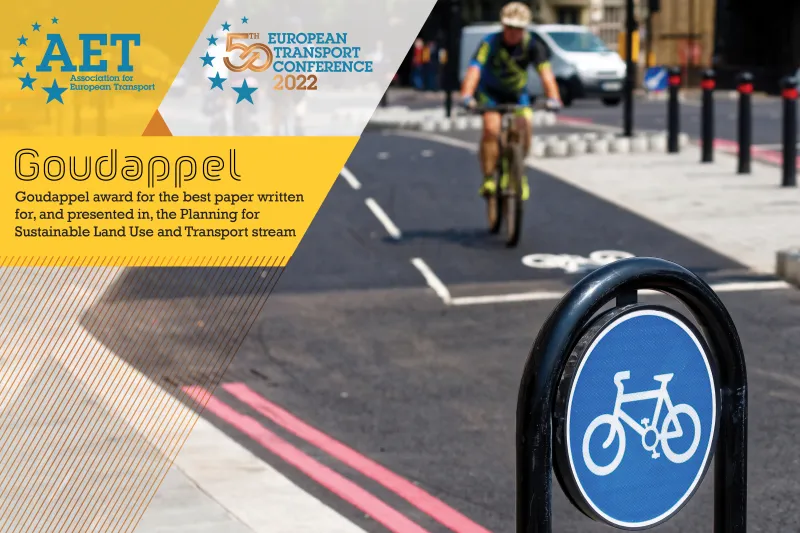Dr Goktug Tenekeci - Winner of the Goudappel award for the best paper written for, and presented in, the Planning for Sustainable Land Use and Transport stream for his paper:
Future of Cities: A Method for Economic Benefits for Re-Allocating Road Space for Cyclists
Changing behaviour towards private car use due to Covid contrasted with demand running below traditional levels presented an opportunity to analyse demand and economic benefits for re-allocating road space. A successful funding leading to delivery.
Abstract
COVID-19 pandemic initiated a shift change in travel patterns. Stringent government guidelines have placed a significant strain on public transport which has been further exacerbated by a new “work from home” culture.
At the onset of the pandemic, traffic was down to a third of usual levels and public transport services were focused only on getting key workers to workplaces. As travel picked-up, a significant shift to private car use is observed.
Birmingham Transport Plan initiated reallocating road space to create safer space for active travel and social distancing; transform the city centre by creating walking and cycling routes and limiting access for private cars; prioritising active travel in local neighbourhoods; and re-purposing land previously occupied by car parking for walking, cycling and social distancing.
The plan led approach has led to engineering scheme development to allow cyclists to continue with this mode choice and provides an opportunity to reallocate the road space and initiate a shift from private car to healthy active modes.
The delivery of the schemes is reliant on the forecast demand and associated economic benefits which required beyond traditional assessment. Baseline and forecast demand were calculated using the Propensity to Cycle Tool (PCT) and benchmarked against real life cycle schemes to validate these forecasts. The calculated demand was then used to inform the Active Model Appraisal Toolkit (AMAT) which quantified the benefits of this scheme.
It quickly became apparent that the approach to demand assessment and ancillary benefits needed to be robustly analysed. The scheme appraisal followed policy led approach, focusing on efficiency, safety and attractive scheme:
- Comparing to a baseline scenario where monetised benefits associated with the proposed cycling infrastructure are drawn from a comparison conducted between baseline trips and an estimated future increase in trips attributed to the scheme these are presented within the AMAT. The benefits have been largely focused on de-congestion benefits, reduced risk of premature death, journey ambience and absenteeism.
- Accident cost savings for the appraisal period associated with the implementation and improved safety for cyclists, the reduction in greenhouse gases, noise, local air quality and infrastructure maintenance.
- The user benefits are calculated using delays obtained from Traffic Master data. Journey time savings were calculated, annualised, and monetised for the appraisal period based on TAG values of time.
The scheme benefits are linked back to the objectives driven scheme development and benefits providing a successful case for funding.











